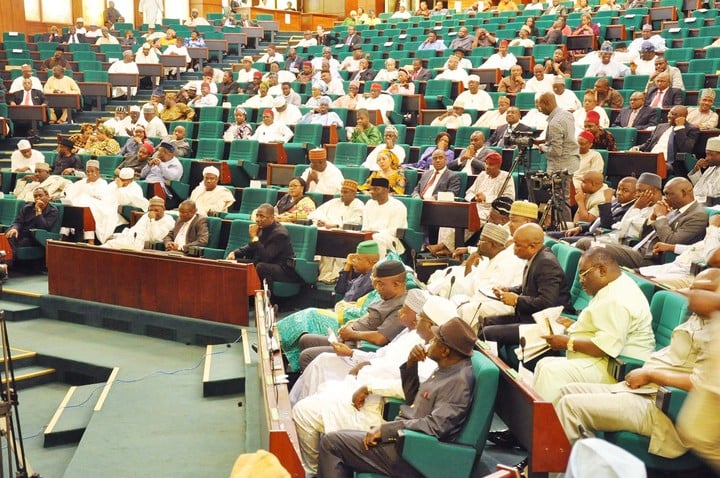The dollar has suffered some unexpected weakness on the currency markets following the emergence of surprising reports that President Obama has expressed some concerns over the strength of the USD. I have to be honest, it is very unusual to hear the US President commenting on the Dollar and I think that traders have just used this as an opportunity to close a few positions after enjoying gains towards the end of last week following the NFP result.
Although the strength of the dollar is a concern for export competiveness, it has yet to weigh on inflation targets and this is what the Federal Reserve monitor most closely. The Federal Reserve will be raising US interest rates this year and for as long as optimism continues that this will be the case, the dollar is going to recover losses.
Not only did the employment report at the end of last week once again reiterate that job creation is the star performer in the US economy, the NFP also provided further reassurances to investors that the Federal Reserve will be raising US interest rates later this year. While I admit that vulnerabilities in the US economy outside of job creation have been exposed recently, this is not going to delay the Fed from pulling the trigger on rate rises. Despite the particular weaknesses in consumer spending, I believe that the Federal Reserve should still raise rates because it will express confidence in the US economy and this will boost global optimism as a whole.
Will the USD be at risk to further volatility this week? Yes, and I am particularly expecting volatility to increase on Thursday when the latest US retail sales data is released. Traders are not going to be happy in the slightest if this week’s retail sales data continues to expose that there is no correlation between substantial job creation and improved consumer confidence readings resulting in consumer expenditure. This is something I have been watching closely since November, but it was only last month that it really caught investors’ attention and inspired an aggressive round of Dollar profit-taking.
Advertisement
The failure of the EURUSD to close below 1.10 on Friday has allowed the pair to recover some losses at the beginning of the week. The EURUSD has bounced to 1.1177 and I continue to maintain a bullish bias on the pair for as long as we don’t close below 1.10. There is a reduced volume of economic data from Europe this week, therefore it is how traders react to the US economic news that will provide direction for the Eurodollar. With Greece delaying all repayments to the IMF until the end of June, this will prevent the currency from being as vulnerable to sudden pressures as very few are expecting any potential deal to be reached until the deadline of 30th June. Although we continue to read about how a deal is “close” you only have to pay attention to the tone of Tsipras’ speech delivered to the Greek government, to understand how far away from a deal we remain.
Emerging market currencies could really benefit from USD weakness, because they received real punishment following the NFP result. I am particularly looking at the Malaysian ringgit, which flattened to a new nine-year low against the dollar this morning with the USDMYR extending beyond 3.76. Although the NFP outcome and the resumption of USD appetite among traders would have pressured the ringgit, it is the reports of a scandal at a Malaysian state-backed fund that has accelerated the decline in the currency. The currency was already facing pressure due to the resumption of USD demand and confirmation that oil prices are set to stay lower for longer, but this is the last thing the ringgit needs why now and will make the currency extremely vulnerable to sudden declines.
When investors learn about such possible scandals, it makes any economy vulnerable to a sudden outflow of capital and this is even more the case in emerging markets. Therefore, after strengthening at the beginning of Q2 when the dollar was vulnerable to profit-taking, it is now the ringgit that is exposed to a really painful conclusion to the second quarter. While the Malaysian economy is actually performing OK, it is these type of concerns that are going to encourage investors to pull money away from investing in Malaysia. Although one could argue that the Negara bank can raise interest rates to prevent any further currency weakness, this is unlikely to be the case. It is more likely that the Negara bank will change its monetary stance and decrease interest rates later in the year.
Advertisement
Speaking of central banks, pressure has resumed on the People’s Bank of China (PBoC) to continue easing monetary policy after economic data once again highlighted that China is facing downside economic problems. It was domestic demand that once again raised concerns, after imports tumbled by an astonishing 18.1% on a yearly basis in May. Not only is this an incredible decline, but imports have now fallen for seven straight months and it is slowing domestic growth that is really pressuring the China economy. When data like this is released, you have to understand that concerns are going to intensify over whether GDP is going to slip below the 7% government target. This is looking like a real risk now, and I personally expect the PBoC to cut interest rates once again – it wouldn’t surprise me if it was this week either.
Follow Jameel on Twitter @Jameel_FXTM
For more information please visit: Forex Time
Advertisement
Add a comment







